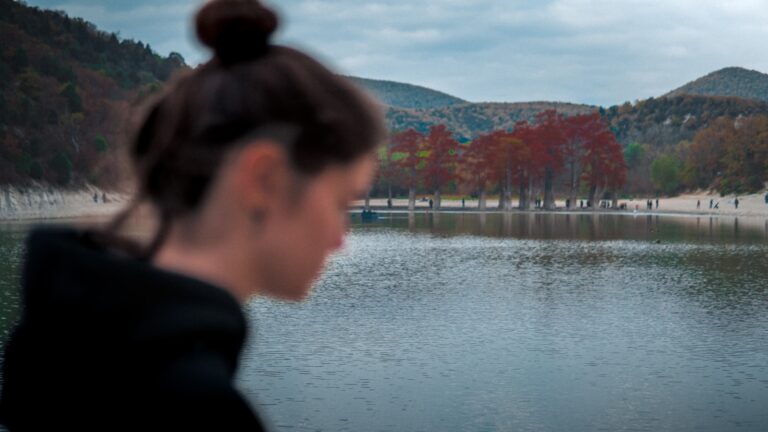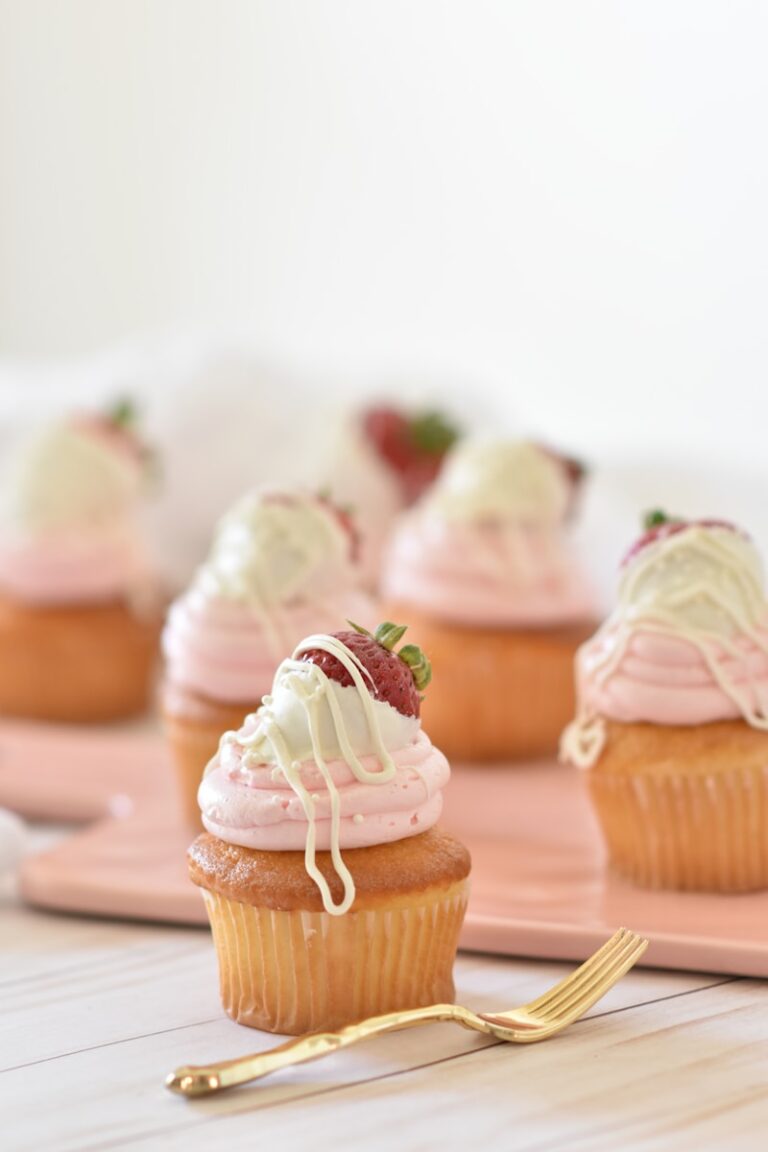UNIQUE PAINTINGS
The paintings – under the tiled roof of Chapel Bridge are indeed very important, from both historical and artistic perspectives. Experts and visitors from all over have come to admire and comment on them for many centuries. But a fire occurred here (on the night of August 17, 1993), destroying about two-thirds of the paintings.
Fortunately, about two years before that, some professional photographers had taken complete photographs of the paintings.Thanks to that, these artworks have all been recreated, mainly through photographs.

In just eight months, the city authorities of Lucerne managed to restore the bridge along with the valuable paintings.However, for those that were damaged beyond repair, they left the space empty.
As a reminder of the necessity to preserve heritage.
Among the remaining paintings is one depicting William Tell splitting an apple placed on his son’s head. According to Swiss legend, William Tell was one of the best archers in the country at the beginning of the 14th century. Because he refused to salute the hat of an Austrian mayor, Gessler, who had placed it on a pole, William Tell was arrested and ordered to shoot an apple placed on his son’s head if he wanted both of them to survive.
When strolling on Chapel Bridge, I was reminded of the Japanese Covered Bridge in Hoi An, which is now also only for pedestrians.The architecture of these two structures has quite a few similarities; both are the most photographed places by tourists when visiting Lucerne and Hoi An. Of course, the Japanese Covered Bridge is a structure deeply rooted in Eastern beliefs and is much shorter than the Chapel Bridge. Actually, there’s no need to compare; two worlds, two cultures are too different from each other.
Then one stands by the bridge, he or she can look out over both banks of the Reuss River to admire the medieval square, the old guild hall, the ancient church – still there. Along with the cobblestone streets and the large houses hidden among the trees.
Switzerland is considered to have landscapes more beautiful than any other European country, and Lucerne is a city that inherits many of the country’s typical natural beauties.
Lake Lucerne, in Swiss German very difficult to pronounce as Vierwaldstättersee – is a vast expanse of deep, clear water.The stunning scenery always leaves a lasting impression on travelers.
On warm sunny days, one can swim in the “cobalt blue pool among swans with the backdrop of the Alps,” according to a brochure introducing Lucerne tourism.And “the only way to fully appreciate the magnificent beauty of this fairy-tale scenery is to join one of the many boat tours…”. Then “the scenery on both sides will provide the perfect backdrop for… your Instagram photos.”
In the afternoon, as we strolled around here, we saw patches of mist on the lake’s surface, a flock of swans swimming; the late afternoon sun bathed the old houses by the lake in golden light. Oh, how poetic it is!
It should be added: In Switzerland, there are hundreds of such lakes that they call “sea” because they are so vast.
The paintings – under the tiled roof of Chapel Bridge are indeed very important, from both historical and artistic perspectives. Experts and visitors from all over have come to admire and comment on them for many centuries. But a fire occurred here (on the night of August 17, 1993), destroying about two-thirds of the paintings.
Fortunately, about two years before that, some professional photographers had taken complete photographs of the paintings.Thanks to that, these artworks have all been recreated, mainly through photographs.
In just eight months, the city authorities of Lucerne managed to restore the bridge along with the valuable paintings.However, for those that were damaged beyond repair, they left the space empty.
As a reminder of the necessity to preserve heritage.
Among the remaining paintings is one depicting William Tell splitting an apple placed on his son’s head. According to Swiss legend, William Tell was one of the best archers in the country at the beginning of the 14th century. Because he refused to salute the hat of an Austrian mayor, Gessler, who had placed it on a pole, William Tell was arrested and ordered to shoot an apple placed on his son’s head if he wanted both of them to survive.
When strolling on Chapel Bridge, I was reminded of the Japanese Covered Bridge in Hoi An, which is now also only for pedestrians.The architecture of these two structures has quite a few similarities; both are the most photographed places by tourists when visiting Lucerne and Hoi An. Of course, the Japanese Covered Bridge is a structure deeply rooted in Eastern beliefs and is much shorter than the Chapel Bridge. Actually, there’s no need to compare; two worlds, two cultures are too different from each other.
Then one stands by the bridge, he or she can look out over both banks of the Reuss River to admire the medieval square, the old guild hall, the ancient church – still there. Along with the cobblestone streets and the large houses hidden among the trees.
Switzerland is considered to have landscapes more beautiful than any other European country, and Lucerne is a city that inherits many of the country’s typical natural beauties.
Lake Lucerne, in Swiss German very difficult to pronounce as Vierwaldstättersee – is a vast expanse of deep, clear water.The stunning scenery always leaves a lasting impression on travelers.
On warm sunny days, one can swim in the “cobalt blue pool among swans with the backdrop of the Alps,” according to a brochure introducing Lucerne tourism.And “the only way to fully appreciate the magnificent beauty of this fairy-tale scenery is to join one of the many boat tours…”. Then “the scenery on both sides will provide the perfect backdrop for… your Instagram photos.”
In the afternoon, as we strolled around here, we saw patches of mist on the lake’s surface, a flock of swans swimming; the late afternoon sun bathed the old houses by the lake in golden light. Oh, how poetic it is!
It should be added: In Switzerland, there are hundreds of such lakes that they call “sea” because they are so vast.




